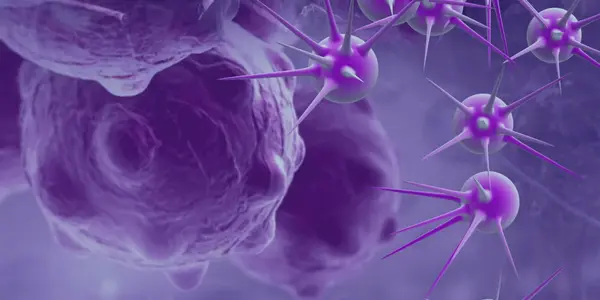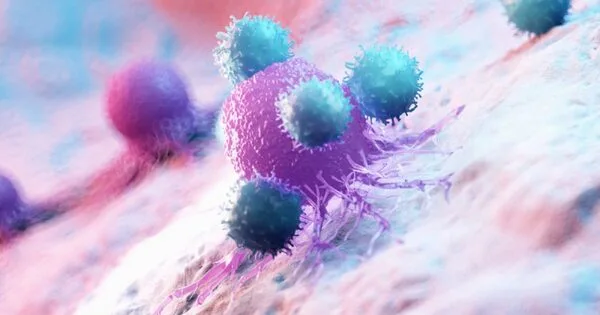Cancer vaccines are a type of immunotherapy that uses the body’s own immune system to attack cancer cells. They are designed to either stimulate the immune system to recognize and attack cancer cells or to provide it with the tools it needs to do so, such as cancer-specific antigens or immune cells. Some cancer vaccines are used to prevent cancer, such as the HPV vaccine, which helps to prevent certain types of cervical cancer, while others are used to treat cancer that has already developed, such as prostate cancer. However, to my knowledge, there are currently no cancer vaccines that can both kill and prevent brain cancer.
The researchers created a new cell therapy approach to eliminate established tumors and induce long-term immunity, training the immune system to prevent cancer from recurring. Dual-action cell therapy designed to eradicate existing tumors while also training the immune system to eradicate primary tumors and prevent cancer recurrence.
Scientists are developing a novel method for transforming cancer cells into powerful anti-cancer agents. Researchers at Brigham and Women’s Hospital, a founding member of the Mass General Brigham healthcare system, have developed a new cell therapy approach to eliminate established tumors and induce long-term immunity, training the immune system so that it can prevent cancer from recurring. The team tested their dual-action, cancer-killing vaccine in an advanced mouse model of the deadly brain cancer glioblastoma, with promising results. Findings are published in Science Translational Medicine.
Our goal is to take an innovative but translatable approach so that we can develop a therapeutic, cancer-killing vaccine that ultimately will have a lasting impact in medicine.
Khalid Shah
“Our team has pursued a simple idea: to take cancer cells and transform them into cancer killers and vaccines,” said corresponding author Khalid Shah, MS, Ph.D., director of the Center for Stem Cell and Translational Immunotherapy (CSTI) and the vice chair of research in the Department of Neurosurgery at the Brigham and faculty at Harvard Medical School and Harvard Stem Cell Institute (HSCI). “Using gene engineering, we are repurposing cancer cells to develop a therapeutic that kills tumor cells and stimulates the immune system to both destroy primary tumors and prevent cancer.”
Cancer vaccines are an active area of research for many labs, but the approach that Shah and his colleagues have taken is distinct. Instead of using inactivated tumor cells, the team repurposes living tumor cells, which possess an unusual feature. Like homing pigeons returning to roost, living tumor cells will travel long distances across the brain to return to the site of their fellow tumor cells.

Taking advantage of this unique property, Shah’s team engineered living tumor cells using the gene-editing tool CRISPR-Cas9 and repurposed them to release tumor cell-killing agents. In addition, the engineered tumor cells were designed to express factors that would make them easy for the immune system to spot, tag, and remember, priming the immune system for a long-term anti-tumor response.
The team tested their repurposed CRISPR-enhanced and reverse-engineered therapeutic tumor cells (ThTC) in different mice strains including the one that bore bone marrow, liver, and thymus cells derived from humans, mimicking the human immune microenvironment.
Shah’s team also built a two-layered safety switch into the cancer cell, which, when activated, eradicates ThTCs if needed. This dual-action cell therapy was safe, applicable, and efficacious in these models, suggesting a roadmap toward therapy. While further testing and development is needed, Shah’s team specifically chose this model and used human cells to smooth the path of translating their findings for patient settings.
“Throughout all of the work that we do in the Center, even when it is highly technical, we never lose sight of the patient,” said Shah. “Our goal is to take an innovative but translatable approach so that we can develop a therapeutic, cancer-killing vaccine that ultimately will have a lasting impact in medicine.” Shah and colleagues note that this therapeutic strategy is applicable to a wider range of solid tumors and that further investigations of its applications are warranted.
















